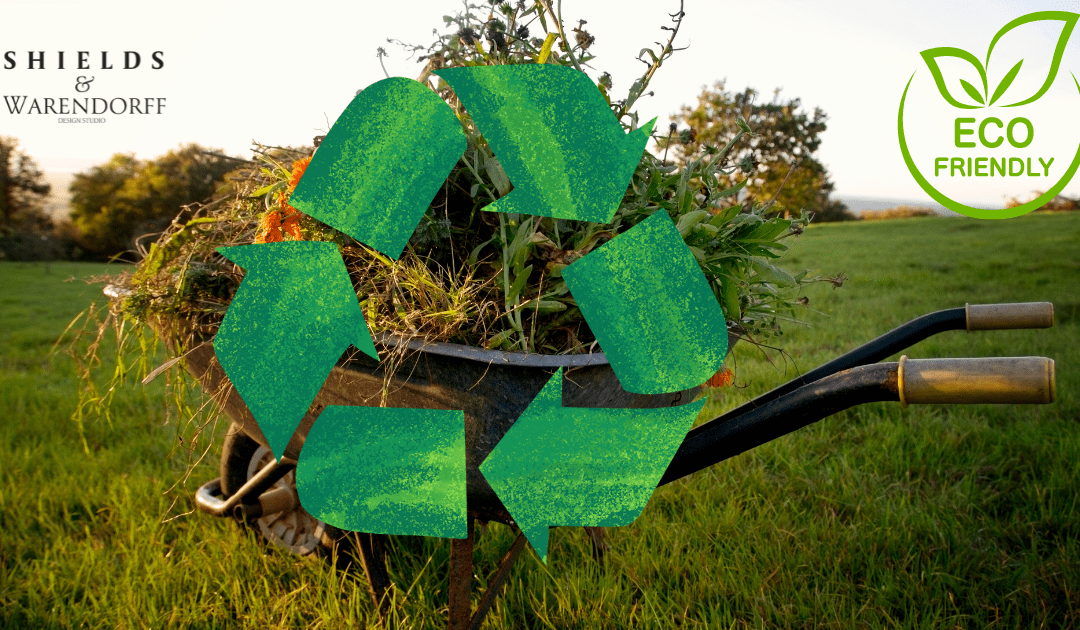As sustainability becomes more central to conversations across all industries, the world of floristry and event planning is no exception. More couples and event organizers are seeking eco-friendly alternatives that reduce the environmental impact while still creating stunning visual experiences. Sustainable floristry is an evolving practice that aligns with this trend, offering solutions to maintain beauty without sacrificing the health of our planet.
In this blog, we’ll explore how you can plan a breathtaking, eco-friendly event with gorgeous blooms while incorporating sustainable floristry practices.
1. Sourcing Seasonal and Local Flowers
One of the key elements of sustainable floristry is sourcing seasonal, local flowers. Instead of importing exotic flowers that have traveled thousands of miles, leading to a higher carbon footprint, using blooms that are in season and grown locally helps reduce the environmental impact.
Local and seasonal flowers not only have a smaller carbon footprint but are often fresher and more vibrant since they don’t have to endure long transit times. You’ll also be supporting local farmers and economies by choosing flowers grown close to home.
At Shields & Warendorff, we collaborate with local flower growers who prioritize sustainable growing methods. This way, we ensure that your event is filled with fresh, vibrant blooms while minimizing environmental damage.
2. Reducing Single-Use Floral Foam
Floral foam has been a staple in the floristry industry for decades. However, traditional floral foam is made from non-biodegradable plastic that contributes to environmental waste. Fortunately, the movement towards sustainable floristry has sparked the search for alternatives.
When planning your eco-friendly event, consider asking your florist to avoid using floral foam. Sustainable alternatives such as reusable flower frogs, chicken wire, or moss are gaining popularity for creating stunning arrangements without the environmental damage.
At Shields & Warendorff, we’ve adopted foam-free practices wherever possible, using biodegradable and reusable materials that provide the same level of elegance without contributing to plastic pollution.
3. Repurposing and Reusing Floral Arrangements
One way to make your event more sustainable is by repurposing flowers throughout the day. Instead of creating separate arrangements for each part of the event, consider ways to reuse flowers. For example, ceremony flowers can be moved to the reception space, and centerpieces can be gifted to guests or donated to hospitals or nursing homes after the event.
This approach ensures that the beauty of your floral arrangements is enjoyed for longer, reducing waste while also spreading joy to others.
4. Choosing Sustainable Packaging
When planning an event, consider how your flowers will be packaged and delivered. Traditional plastic wrapping and non-recyclable materials contribute to waste. However, there are more sustainable alternatives available, including biodegradable wraps, recyclable papers, and twine.
At Shields & Warendorff, we strive to use sustainable packaging materials that are both elegant and environmentally friendly. From the delivery of bouquets to event centerpieces, our commitment to reducing waste is present in every aspect of our process.
5. Embracing Potted Plants and Living Decor
Another eco-friendly trend in sustainable floristry is using potted plants and living decor instead of cut flowers. Potted plants, herbs, and succulents add a lush, natural beauty to any event and can be reused long after the day is over. Guests can even take home potted plants as eco-friendly favors, creating a lasting memory of the occasion.
By incorporating more living plants into your event decor, you’re not only reducing waste but also promoting longevity and sustainability.
6. Composting and Recycling Post-Event
After your event, it’s essential to think about the lifecycle of the floral arrangements. Instead of tossing flowers into the trash, consider composting them. Many flowers, leaves, and stems break down naturally and can be composted to return nutrients to the soil. This is an excellent way to ensure that nothing goes to waste.
Recycling materials such as vases, containers, and packaging is another great way to reduce your event’s environmental impact. Be sure to work with a florist who prioritizes recycling and composting as part of their business practices.
At Shields & Warendorff, we offer composting options for post-event floral waste and ensure that reusable materials like vases and containers are collected and repurposed for future events.
7. Incorporating Dried Flowers
Dried flowers are making a comeback in the world of floristry, and they offer a long-lasting, sustainable option for decor. These blooms require less water and care than fresh flowers and can be reused in future events or home decor. By incorporating dried flowers into your floral arrangements, you create a timeless and eco-friendly aesthetic.
Our team at Shields & Warendorff specializes in creating stunning arrangements with dried flowers, combining them with fresh blooms or using them on their own for a unique, sustainable look.
Conclusion: A Greener Approach to Floral Elegance
Sustainable floristry is more than just a trend—it’s a necessary shift in how we approach event planning and design. By choosing local, seasonal flowers, eliminating harmful materials like floral foam, repurposing blooms, and considering eco-friendly options like potted plants or dried flowers, you can host an event that is both stunning and environmentally responsible.
At Shields & Warendorff, we understand the need for sustainability in every part of the event process. That’s why we are dedicated to implementing eco-friendly practices in all aspects of our floristry services. From sourcing to design and post-event waste management, we ensure that your event is both beautiful and environmentally conscious.
Written By DapraLab


